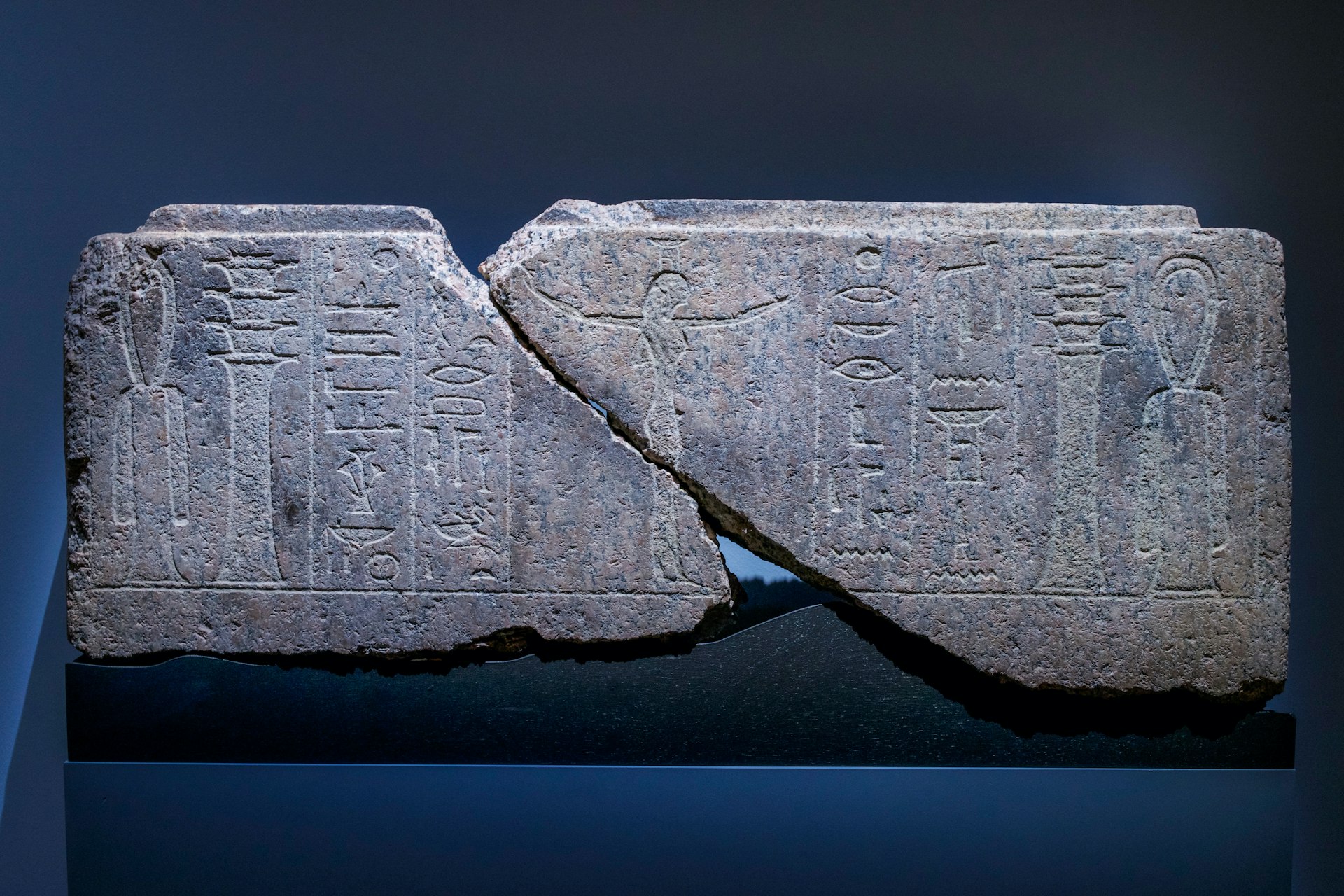Unlocking Career Opportunities in Green Building Design: Your Guide to a Sustainable Future

Photo by Bosco Shots on Unsplash
Introduction: Building a Greener Tomorrow
The world faces mounting environmental challenges, and the construction sector is at the heart of the solution. As demand for sustainable infrastructure soars, green building design careers have emerged as a pathway to not only professional success but also meaningful environmental impact. Whether you are a recent graduate, a skilled tradesperson, or a seasoned professional looking to pivot, this guide provides actionable insights into career opportunities, training, and advancement in the green building sector.
Why Pursue a Career in Green Building Design?
Green building design goes beyond aesthetics; it emphasizes energy efficiency, reduced environmental impact, and the creation of healthier spaces. As of 2025, the global demand for green talent grew by 11.6%-double the rate of supply , signaling a significant opportunity for those with the right skills and credentials [3] . Green construction now represents more than 55% of commercial projects, and the sector is expected to keep expanding as climate action becomes a global priority [1] .
Key Career Paths in Green Building Design
The green building sector offers a diverse range of roles, each contributing uniquely to sustainable development. Common positions include:
- Environmental Architect : Designs buildings that minimize environmental impact through technology and materials. Median salary: $82,320 [1] .
- Landscape Architect : Integrates natural systems into urban and rural projects, enhancing biodiversity and sustainability. Median salary: $62,090 [2] .
- Construction Manager : Oversees green construction projects, ensuring sustainability standards and certifications are met.
- Engineers (Civil, Mechanical, Electrical) : Specialize in sustainable systems design, energy modeling, and renewable energy integration. Median salaries often range from $76,000 to $84,000 [2] .
- LEED Project Manager : Manages projects seeking LEED certification, coordinating team efforts to meet sustainability benchmarks.
- Building Performance Specialist : Analyzes and optimizes energy use, water efficiency, and indoor environmental quality.
- Sustainability Consultant : Advises organizations on best practices, codes, and certifications for green buildings.
Other roles include solar photovoltaic installers, HVAC specialists, plumbing experts, materials scientists, and urban planners [2] .
How to Get Started: Education and Credentials
Entry points into green building design careers vary depending on role, but generally include:
- Formal Education : Most design and engineering roles require a relevant bachelor’s or master’s degree-often in architecture, engineering, or environmental science. Ensure your program is accredited, such as through NAAB for architecture [1] .
- Professional Experience : Complete supervised training, such as the Architectural Experience Program (AXP) for architects.
- Certification : Credentials like LEED Green Associate or LEED AP are highly regarded. These demonstrate expertise in green practices and are often required for advancement.
- Hands-On Training : Seek internships or entry-level roles at firms specializing in sustainable design. Many professional firms offer mentorship and on-the-job learning [1] .
For trades, certifications from organizations like the Building Performance Institute or the U.S. Green Building Council are valuable. You can search for accredited programs through university websites or organizations such as the U.S. Green Building Council.
Job Outlook and Earning Potential
The green building industry offers robust earning potential and job stability. According to recent data, architects in green building earn a median salary of $82,320, with top professionals exceeding $120,000 annually [1] . Civil and electrical engineers often command salaries between $76,000 and $84,000, while construction managers and LEED project managers also report competitive compensation [2] . Salaries vary by experience, location, and specialization, but green building jobs consistently rank among the best-paying roles in the construction sector.
Finding and Applying for Green Building Design Jobs
There are several approaches to finding opportunities in green building design:
- Online Job Boards : Platforms such as Indeed list green building design jobs, including positions for sustainability engineers, landscape architects, and energy modeling consultants. You can search for “green building design” or “sustainable architecture” jobs and filter by location and experience [5] .
- Specialized Firms : Many architectural and engineering firms now focus on sustainable design. Research local or national firms with a green building portfolio and visit their careers pages for openings.
- Professional Organizations : The U.S. Green Building Council, American Institute of Architects, and similar groups often host job boards and networking events. Consider joining to access exclusive listings and professional development resources.
- Networking and Conferences : Attend industry conferences, webinars, or local green building meetups to connect with professionals and learn about unadvertised roles.
If you’re looking for entry-level opportunities, internships, or apprenticeship programs, inquire at university career centers or community colleges. For those already working in construction or design, consider upskilling with green certifications to expand your prospects.
Advancement and Specialization
Once established, you can specialize further or move into leadership. Options include:
- Advanced Certifications : Pursue specialty LEED AP credentials (e.g., Building Design + Construction), WELL Accredited Professional, or Passive House certification.
- Project Leadership : With experience, move into project management or director roles overseeing large multidisciplinary teams.
- Research and Policy : Some professionals contribute to new green building codes, conduct sustainability research, or advise on public policy.
Continued education through workshops, seminars, or graduate studies can open doors to senior positions or niche consulting roles.
Overcoming Challenges and Maximizing Opportunities
Pursuing a green building design career may involve challenges such as keeping up with evolving standards, meeting certification requirements, and navigating a competitive job market. To overcome these hurdles:
- Stay current with industry trends by subscribing to reputable journals and attending continuing education events.
- Build a strong portfolio of sustainable projects, even if through volunteer work or academic assignments.
- Develop cross-disciplinary skills-combining technical, design, and project management expertise increases employability.
- Seek mentorship from professionals in the field, which can provide guidance and help you navigate career transitions [1] .
Step-by-Step Guide to Entering the Field
- Assess Your Background : Identify your current skills and education. If you lack a relevant degree, research accredited programs or certifications that align with your interests.
- Build Credentials : Enroll in courses, pursue recognized green building certifications, and seek internships or entry-level roles to gain hands-on experience.
- Search Strategically : Use verified job boards like Indeed or LinkedIn. Search for terms like “green building design,” “sustainable architecture,” or “LEED project manager.”
- Network : Join professional organizations and attend events to connect with employers and mentors.
- Tailor Your Application : Highlight relevant skills, certifications, and experiences in your resume and cover letter. Consider using specialized resume builders focused on green careers [3] .
- Prepare for Interviews : Demonstrate your passion for sustainability and your understanding of green building principles.
- Continue Learning : Stay up-to-date with evolving technologies and best practices for long-term career growth.
Alternative Pathways and Additional Resources
If you’re seeking alternatives to traditional roles, consider:
- Working in policy, research, or education to shape the future of green building standards.
- Launching a consultancy advising on sustainable retrofits for existing buildings.
- Pursuing specialized trades such as solar installation or advanced building performance analysis [2] .
For more information, search for accredited green building programs, connect with professional organizations, and consult university career centers. If you need guidance on certifications, visit the U.S. Green Building Council’s official website or your local chapter for current requirements and exam schedules.

Photo by Danist Soh on Unsplash
Key Takeaways
Green building design careers offer both competitive salaries and the chance to make a lasting difference. With strong projected growth, a wide range of roles, and multiple entry points, now is an ideal time to pursue a career in this impactful field. By combining education, credentials, and practical experience, you can position yourself at the forefront of sustainable design-and help build a better future for all.



